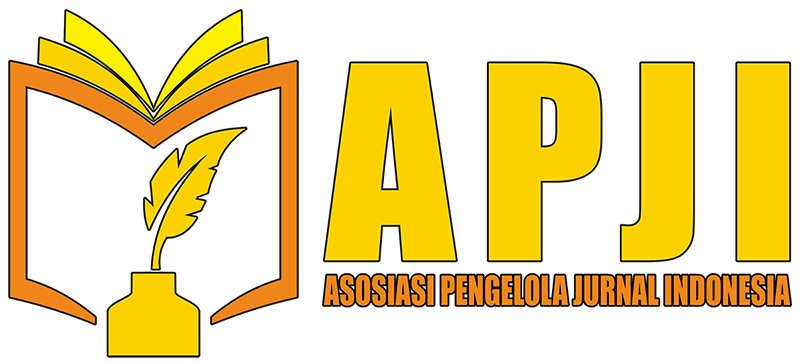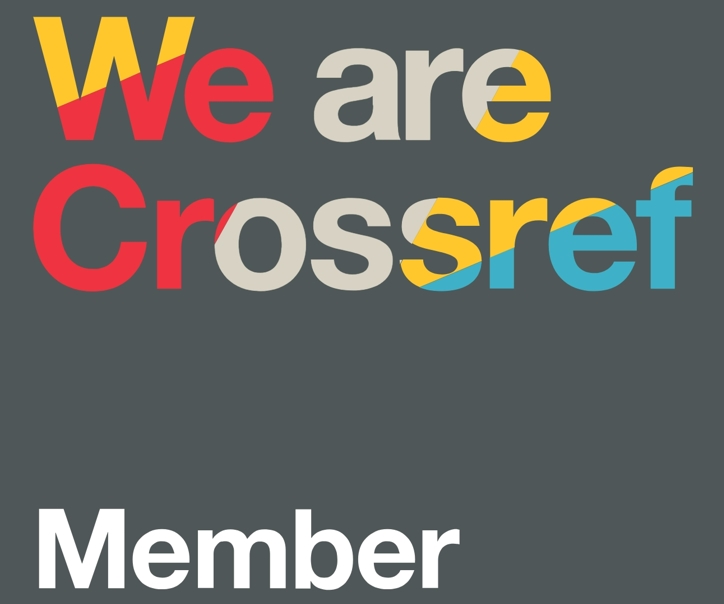Public Communication and Fake News: Combating Misinformation in the Post-Truth Era
DOI:
https://doi.org/10.61991/ijeet.v3i1.111Keywords:
Public Communication, Fake News, Misinformation, Post-Truth Era, Media Literacy, Democratic DiscourseAbstract
In the post-truth era, where emotions and personal beliefs often override objective facts, the spread of fake news poses significant challenges to public communication. This study examines the role of public communication in identifying, addressing, and combating misinformation across digital platforms. Through a qualitative content analysis of government campaigns, media initiatives, and public responses, this research highlights the strategies employed to mitigate the impact of fake news on public opinion and democratic discourse. The findings indicate that transparency, media literacy, fact-checking mechanisms, and real-time engagement are critical components of effective public communication. Furthermore, the study underscores the need for cross-sector collaboration among governments, media organizations, and civil society to build public resilience against misinformation. This research contributes to the growing body of literature on digital communication and offers practical recommendations for policymakers and communication professionals navigating the complexities of the post-truth information landscape.
Downloads
References
Bakir, V., & McStay, A. (2018). Fake News and The Economy of Emotions: Problems, causes, solutions. Digital Journalism, 6(2), 154–175. https://doi.org/10.1080/21670811.2017.1345645
Brennen, B. (2017). Making sense of lies, deceptive propaganda, and fake news. Journal of Media Ethics: Exploring Questions of Media Morality, 32(3), 179–181. https://doi.org/10.1080/23736992.2017.1331023
Egelhofer, J. L., & Lecheler, S. (2019). Fake news as a two-dimensional phenomenon: a framework and research agenda. Annals of the International Communication Association, 43(2), 97–116. https://doi.org/10.1080/23808985.2019.1602782
Farhall, K., Carson, A., Wright, S., Gibbons, A., & Lukamto, W. (2019). Political Elites’ Use of Fake News Discourse Across Communications Platforms. International Journal of Communication, 13, 4353–4375. http://ijoc.org.
Figueira, Á., & Oliveira, L. (2017). The current state of fake news: Challenges and opportunities. Procedia Computer Science, 121, 817–825. https://doi.org/10.1016/j.procs.2017.11.106
Gjerazi, B., & Skana, P. (2023). Impact of Politically Motivated Fake News on Public Opinion: a Case Study of Deliberate Dissemination of Disinformation. Balkan Social Science Review, 22(22), 365–382. https://doi.org/10.46763/BSSR232222365g
Harjuniemi, T. (2022). Post-truth, fake news and the liberal ‘regime of truth’ – The double movement between Lippmann and Hayek. European Journal of Communication, 37(3), 269–283. https://doi.org/10.1177/02673231211046784
ISKANDAR, D., SURYAWATI, I., SURATNO, G., LILIYANA, L., MUHTADI, M., & NGIMADUDIN, N. (2023). Public Communication Model In Combating Hoaxes And Fake News In Ahead Of The 2024 General Election. International Journal of Environmental, Sustainability, and Social Science, 4(5), 1505–1518. https://doi.org/10.38142/ijesss.v4i5.856
Lazer, D. M. J., Baum, M. A., Benkler, Y., Berinsky, A. J., Greenhill, K. M., Menczer, F., Metzger, M. J., Nyhan, B., Pennycook, G., Rothschild, D., Schudson, M., Sloman, S. A., Sunstein, C. R., Thorson, E. A., Watts, D. J., & Zittrain, J. L. (2018). The science of fake news: Addressing fake news requires a multidisciplinary effort. Science, 359(6380), 1094–1096. https://doi.org/10.1126/science.aao2998
Lee, F. L. F. (2020). Social media and the spread of fake news during a social movement: The 2019 Anti-ELAB protests in Hong Kong. Communication and the Public, 5(3–4), 122–125. https://doi.org/10.1177/2057047320969437
McGonagle, T. (2017). “Fake news”: False fears or real concerns? Netherlands Quarterly of Human Rights, 35(4), 203–209. https://doi.org/10.1177/0924051917738685
Meinert, J., Mirbabaie, M., Dungs, S., & Aker, A. (2018). Is It Really Fake? – Towards an Understanding of Fake News in Social Media Communication. Lecture Notes in Computer Science (Including Subseries Lecture Notes in Artificial Intelligence and Lecture Notes in Bioinformatics), 10913 LNCS(July), 484–497. https://doi.org/10.1007/978-3-319-91521-0_35
Naeem, S. Bin, Bhatti, R., & Khan, A. (2021). An exploration of how fake news is taking over social media and putting public health at risk. Health Information and Libraries Journal, 38(2), 143–149. https://doi.org/10.1111/hir.12320
Tambini, D. (2017). Fake News: Public Policy Responses. LSE Media Policy Project, 20. http://eprints.lse.ac.uk/73015/1/LSE MPP Policy Brief 20 - Fake news_final.pdf
Tong, C., Gill, H., Li, J., Valenzuela, S., & Rojas, H. (2020). “Fake News is Anything They Say!”–Conceptualization and Weaponization of Fake News Among the American Public. Mass Communication and Society, 00(00), 755–778. https://doi.org/10.1080/15205436.2020.1789661
Varona Aramburu, D., Pérez Escolar, M., & Sánchez Muñoz, G. (2019). Teoría del framing y protoperiodismo. Estudio de los atributos asociados a la figura de Magallanes en los diarios de Pigafetta y Francisco Albo. Latina, Revista de Comunicación, 74, 734–747. https://doi.org/10.4185/RLCS
Downloads
Published
How to Cite
Issue
Section
License
Copyright (c) 2025 Diah Fatma Sjoraida, Bucky Wibawa Karya Guna, Aat Ruchiat Nungraha, Yatimin

This work is licensed under a Creative Commons Attribution-ShareAlike 4.0 International License.













